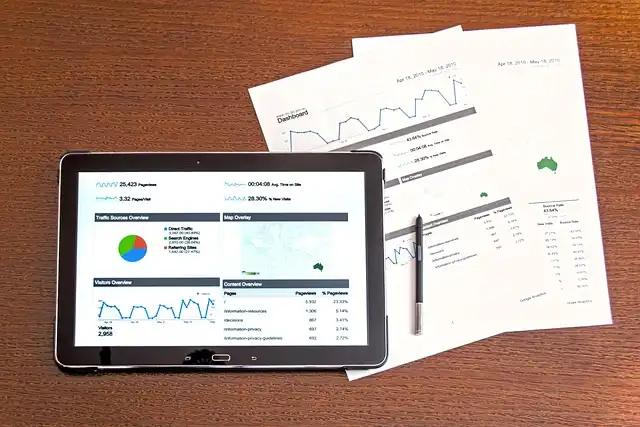
Studies have revealed that boosted mobile connection and broadband penetration have a direct effect on GDP and job production, especially in arising economic situations such as India, said Ashwinder Sethi, partner at global TMT consulting firm Analysys Mason.
Information usage in Rate II-III cities across India is surpassing that of metros, driven by social networks, OTT video, and video game streaming. With smart device infiltration and reduced data prices, areas like Tamil Nadu and Chhattisgarh are leading this trend. However, higher data usage does not always relate to greater earnings for telecom business.
“This provides an opportunity for telecommunications firms to drive revenue growth. The key obstacle now is for drivers to eliminate bottlenecks and expand coverage to smooth this growing information demand,” Kar stated, explaining that the business version of telecom business has actually been shifting from “being voice-centric to data-centric over the previous couple of years.”
Mumbai: Sonali Sharma (22 ), a fashion fanatic in Bhopal, spends hours on Instagram and YouTube viewing web content. An Uber automobile driver in Raipur takes in YouTube and OTT web content for nearly 12 hours as he drives across the city, and typically tops up data after tiring the everyday usage limit of 1.5-2 GB.
“Data packs are much more effectively used in the second-tier markets because of a better reliance on mobiles for fundamental web access, unlike metros where a significant part of households accessibility information with WiFi at home, or in the office,” stated Parag Kar, independent telecom expert and network professional. “In many cases, families share a single mobile link for several demands, better boosting information use.”
Higher data intake does not always convert to higher profits for telecom companies. In fact, income realisation per GB has actually declined from Rs 10.82 in FY21 to Rs9.12 in FY24, according to Telecommunications Regulatory Authority of India (Trai) information.
Information consumption in Tier II-III cities across India is exceeding that of metros, driven by social media, OTT video, and game streaming. With smart device penetration and low data prices, areas like Tamil Nadu and Chhattisgarh are leading this fad. Higher data use does not always correspond to greater earnings for telecom companies.
“In Tamil Nadu, as an example, we are experiencing upwards of 30 GB consumption by Jio consumers in (areas and) communities like Andipatti (Salem), Pichandarkovil (Trichy), Vadakuthu (Neyveli), Puliyangudi (Tenkasi) and Gummidipoondi (Tiruvallur), with an expanding fad of Rs 299, Rs 349 and Rs 799 packs,” stated an official at the state’s largest representative for a telco. Those prices are 20% lower than the competitors, the person stated.
Peak volumes of 50-58 GB have often been observed during sporting occasions such as the Indian Premier League (IPL) and the cricket Globe Mug, when clients in urban and rural areas select higher-value recharge packs.
They are not alone in ravenous information intake. Rate II-III cities across Tamil Nadu, Madhya Pradesh, Uttar Pradesh, Bihar and Chhattisgarh are becoming leading markets, with per-capita usage in the variety of 38-42 GB each month, greater than cities like Delhi and Mumbai that typical 30-34 GB, according to sector information.
1 data centre2 driven by social
3 social media
4 Tamil Nadu
« Core-Backbone doubles Germany network capacity with InfineraApple introduces the thinnest, most advanced Apple Watch yet »
